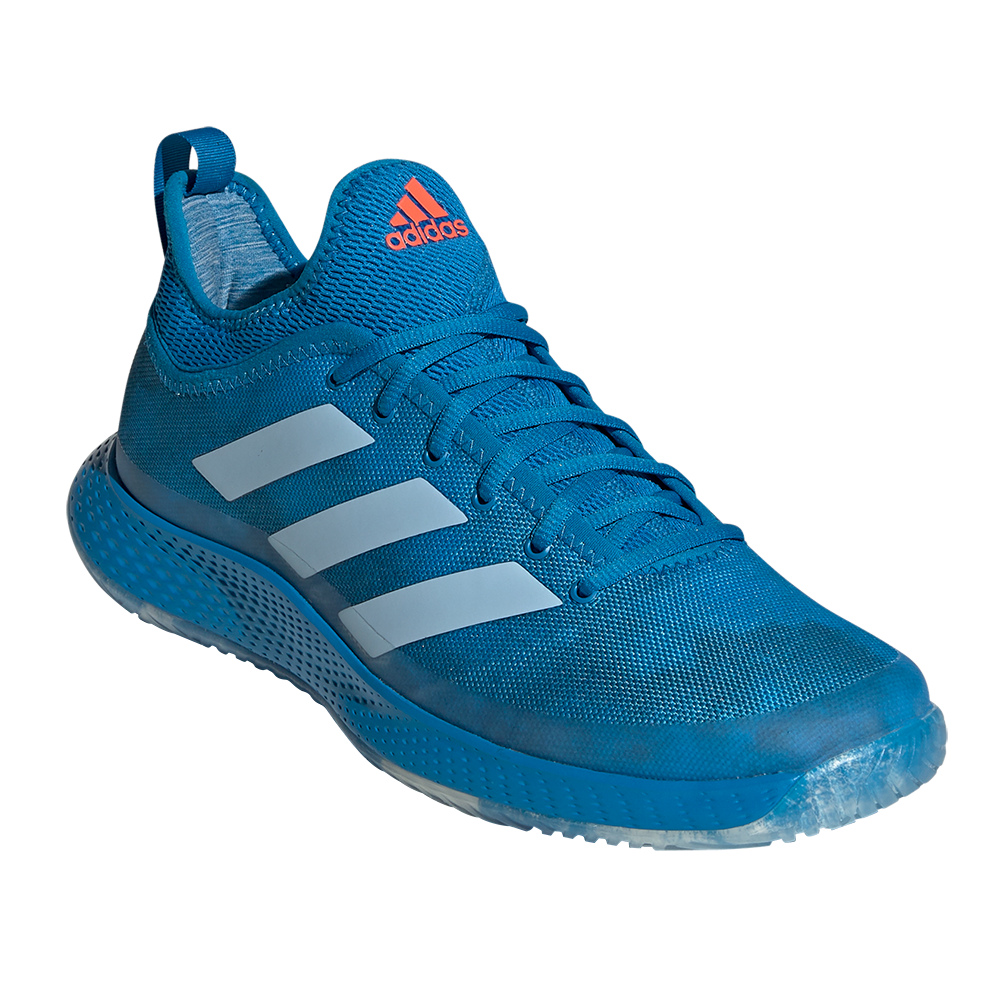By Giri Nathan
Barring something depressing or something miraculous, the most successful active Japanese tennis player won’t ever again be Kei Nishikori. That honor goes to the player with four Slams in as many seasons. And maybe Kei’s okay with this new arrangement, because solo tennis fame sounded like agony. “I have to wear sunglasses, a hat, a mask, everything,” he told The Telegraph in 2016. His practice sessions at the Tokyo Open had to be kept secret because the crowds would swell into safety hazards. His agent said in 2019 that fans sleep outside his hotels. There is no such thing as a casual walk around the block. Life is simpler for him in Florida, where he trains in anonymity, than back at home. And now it has to be a little easier to have an ally in Naomi Osaka, who may choose to walk on the far side of the sidewalk and help split the mobs into two slightly less hellbent mobs. In truth, that kind of mass-psychosis-inducing fame probably lasts well after Nishikori falls out of the top 10, top 20, top 50, and off the tour.
The good news this week is that Nishikori’s decline might be slower going than I’d anticipated. Talent was never what he lacked—Kei has some of the finest baseline technique of his generation, and that efficient flowy two-hander is my favorite in recent ATP memory—but rather good health. He is now 31 and every joint in his arm appears to have taken its turn to go haywire. Back in 2017 it was the torn wrist tendon. More recently it was an elbow that required season-ending surgery in 2019. The suspension of the tour afforded him some extra downtime to get well, and he came back for the clay in the fall of 2020, only to suffer a shoulder injury during the French Open in October that would sideline him until the new year. He was a top 10 player as recently as 2019, but it’s been even longer since he has spent a season in working order. They say those bodily pains generally do not get any better as you leave your 20s, something I acknowledged through gritted teeth as I left mine last week.
But now Kei’s back on court, and looking for the first time in a long while physically intact and tactically sound. Diego Schwartzman, Daniil Medvedev, and Pablo Carreño Busta do not make for a very friendly welcome back to tour life, but after starting 2021 with three losses, the now world No. 45 Nishikori has put some meaty wins on the board. In Rotterdam this week he defeated world No. 19 Felix Auger-Aliassime (partially due to the Canadian picking up an injury in the second set), and world No. 23 Alex de Minaur in three sets. This was the first time Nishikori has beaten consecutive top 50 opponents since the 2019 US Open. He’s way too young and good for the previous sentence to be true!
Kei fans desperate to renew hope can latch onto some structural change: Nishikori has fine-tuned his serve, which was never a strength of his game. He now uses a visibly shorter racquet take-back that is intended to put less strain on his shoulder. He wasn’t broken in his match against Auger-Aliassime, in which he won 85 percent of first-serve points, which is an extremely un-Nishikori figure. Even though that number came back to a pedestrian 63 percent against de Minaur, a top returner, it’s good to know it’s even possible for Nishikori to pull off that kind of serving performance, and given the rallies in that de Minaur match, it’s also good to know that Nishikori is feeling well enough to slog out 2:14 bouts on slow hard courts against one of the few players who moves even better than he does. His quarterfinal against Borna Coric this afternoon will be yet another chance for him to find his range against a young top-20-ish talent.
When Nishikori wasn’t rooting for his friend Andy Murray to return to the top of the game and calling those retirement questions “stupid,” he was opening up on how he adapted his own game to his new aches. “Because of my history of injury, I feel like I still need to change something if I have time and if I have the chance. I’m really open to anything,” Nishikori said of tinkering with his serve. “Of course it’s not easy, it’s going to take some time. I still feel like it’s not there yet. But for my body, I will do anything that makes it better.” Please do! I am rooting for every injury-riddled athlete older than me. If there is hope for continued athletic excellence in the decade ahead of us, then perhaps continued profound mediocrity too has a fighting chance.
Above: Kei Nishikori enjoys his upswing in Rotterdam. (Getty)
Men’s adidas x Racquet Defiant Generation
The Defiant Generation provides players with the best qualities from the Defiant Bounce and presents them in a quicker, more comfortable, streamlined package. Bounce cushioning in the midsole offers great underfoot feel and responsiveness, as the sock-like construction has been enhanced to fit better, with an internal support system which will hold your feet in for maximum confidence when moving aggressively.



